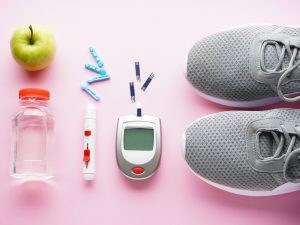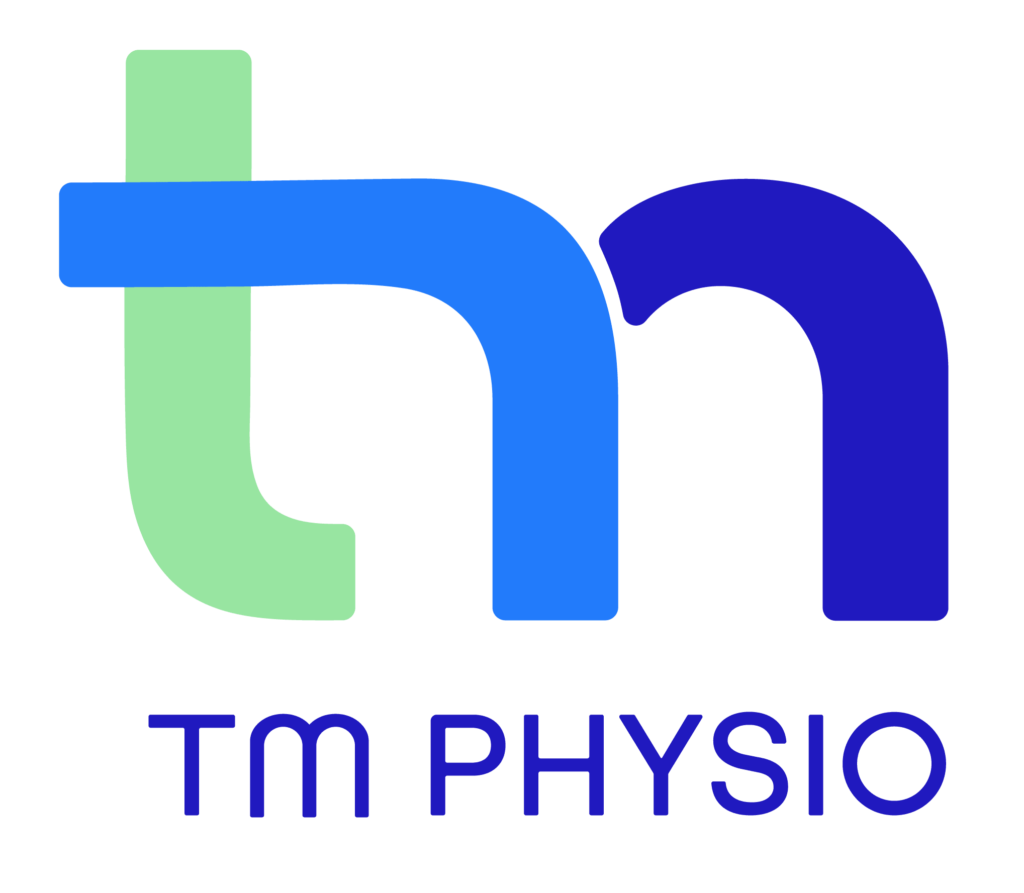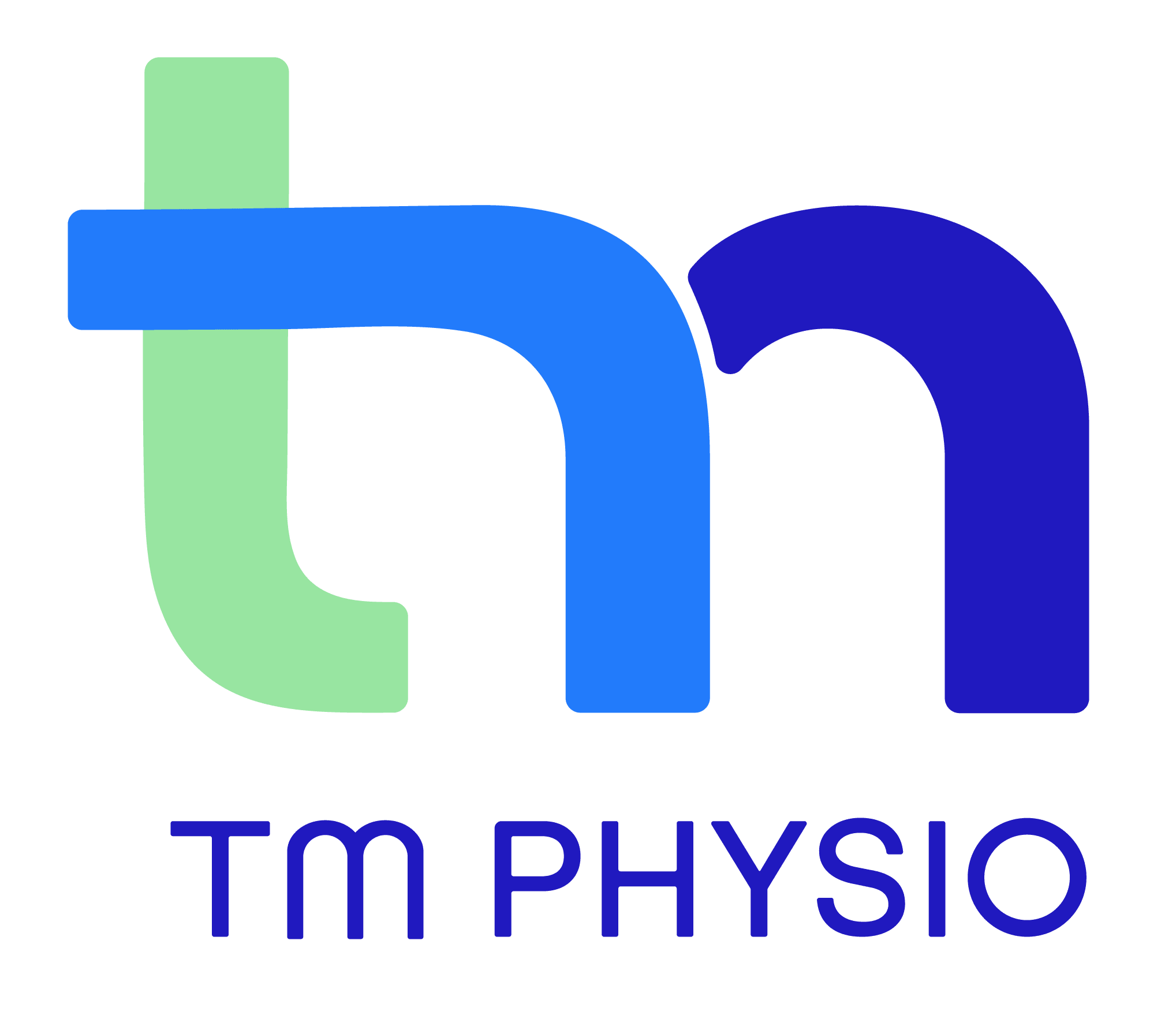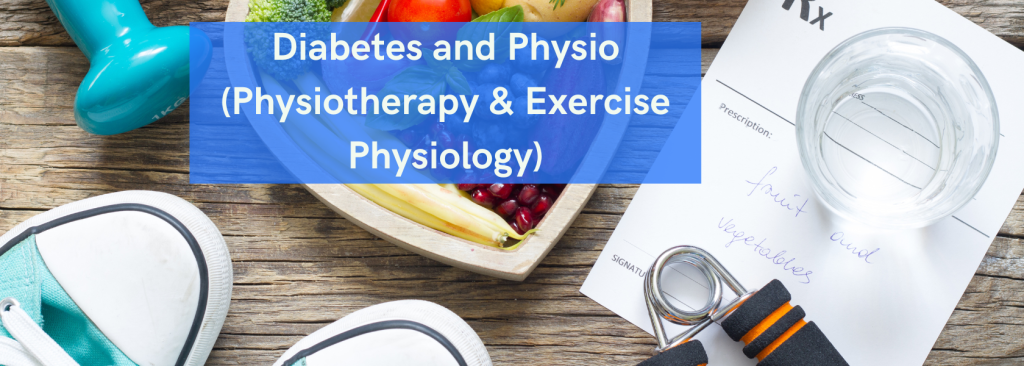When most people think of diabetes they think about insulin shots, glucose jelly-beans and blood sugar monitoring devices. Perhaps physio and exercise isn’t the first thing they think of. But maybe it should be. Whether a patient suffers from Type 1 or Type 2 diabetes, physio and exercise physiology can help them manage their condition by improving mobility, reducing pain, preventing complications and, getting right to the heart of the matter, improving blood sugar control.
OK, But How?
Let’s think about diabetes and what it does to the body first so we can understand how it can be treated and the part both physio and exercise physiology should play in that treatment.
Type 1 diabetes is an autoimmune condition. This means that the body’s immune system attacks and impairs the cells in the pancreas that produce insulin. Insulin is a hormone that helps the body use glucose for energy. Without insulin, glucose builds up in the blood, leading to high blood sugar levels. The exact cause of type 1 diabetes is unknown, but it is thought to be a combination of genetic and environmental factors.
Type 2 diabetes is a chronic, acquired condition in which the body either resists the effects of insulin (insulin resistance) or doesn’t make enough (insulin deficiency). Age, being overweight, a sedentary lifestyle, certain medications and genetic factors are all potential risk factors.
resistance) or doesn’t make enough (insulin deficiency). Age, being overweight, a sedentary lifestyle, certain medications and genetic factors are all potential risk factors.
The result is too much sugar in the blood, which damages the blood vessels making them narrower and harder leading to poor circulation. And it damages the nerves leading to pain. It messes up the release of hormones and of protein in the urine. It causes inflammation and high blood pressure. All of which can culminate in serious complications including heart disease, stroke, blindness, and kidney disease.
That all sounds pretty scary so let’s turn to what we can do about it. This is where an physio and exercise physiology professionals can help you. We can work alongside your doctor to ensure you manage your symptoms to your absolute best and reduce the risk of long-term complications with your health. Getting you moving is your starting point. We know you’ve heard it a million times before, but exercise is incredibly beneficial for managing your condition. Why is that?
The benefits of exercise
Exercise can help to lower blood sugar levels by using up glucose for energy. Exercise also improves insulin sensitivity in a few ways:
- Increased blood flow to muscles: Exercise increases blood flow to muscles, which helps to deliver glucose to the cells.
- Increased muscle mass: Muscle tissue is more sensitive to insulin than fat tissue. So, building muscle mass can help to improve insulin sensitivity.
- Reduced inflammation: Exercise can help to reduce inflammation, which can improve insulin sensitivity.
- Improved function of mitochondria: Mitochondria are the cells’ “powerhouses”. They produce energy from glucose. Exercise can help to improve the function of mitochondria, which can also help to improve insulin sensitivity.
Investing in an exercise class sounds a lot more exciting now, doesn’t it? We know it’s not easy to start a new exercise program, especially when you’re already experiencing pain and potentially other symptoms. That’s why the physiotherapists & exercise physiologists at TM Physio will work with you to develop a training program that’s right for you, right where you are now and combine it with other treatments for pain, inflammation, and circulation issues.
Call us on 6254 9889 if you interested or want more information on how exercise can help you! We’re excited to work with you on your health journey. But since you’re probably excited to get started right now here are a few tips to tide you over until you can come in for your first appointment.
Tips for Exercise
- Check your blood sugar before, during, and after exercise.
- Listen to your body and stop exercising if you feel tired, dizzy, or have any other symptoms of low blood sugar.
- Start small and work your way up to more lengthy and vigorous sessions.
TM Physio also has a program called The Midzone which is a diabetes management program. You can read more here.
We look forward to seeing you at the clinic soon. And in the meantime, you can follow us on social media for more helpful info. Facebook or Instagram.


